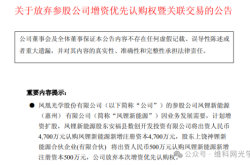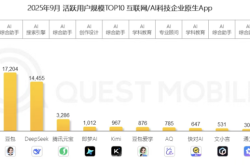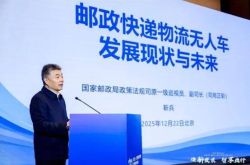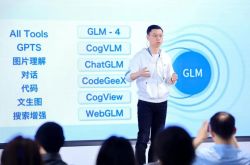Former Huawei Star Launches Cycling Robot, Propelling Company to 7 Billion Valuation
![]() 03/17 2025
03/17 2025
![]() 539
539
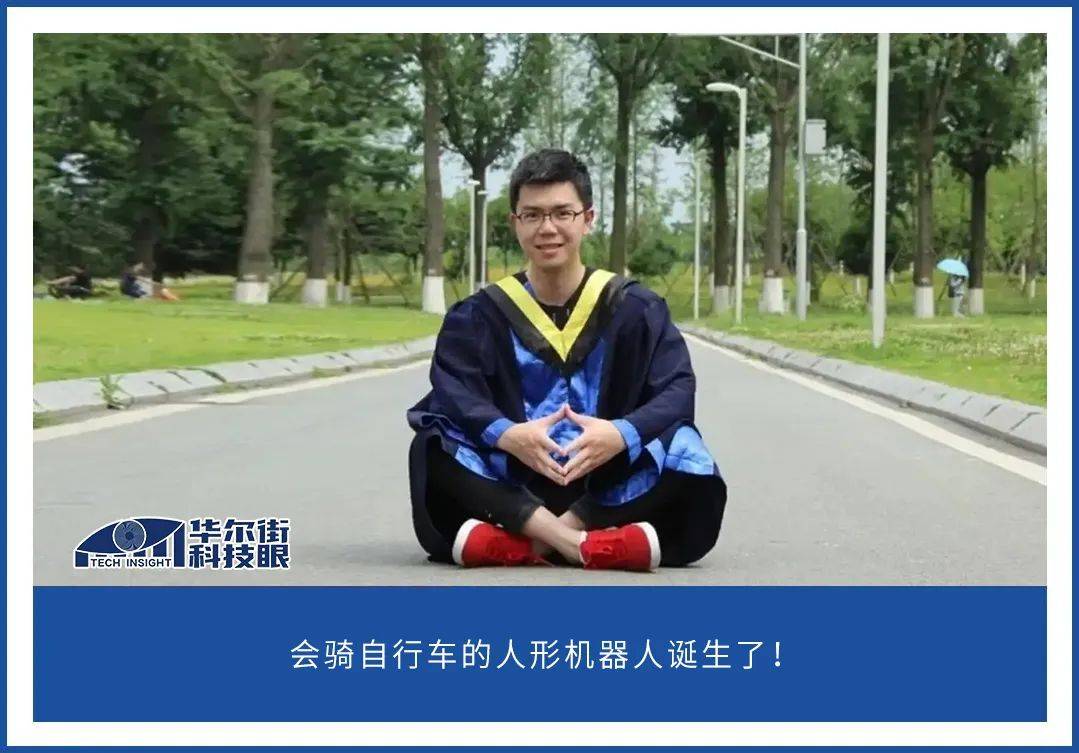
By Leon
Edited by cc Sun Congying
The highlight of the Snake Year Spring Festival Gala was undoubtedly the robot dance. Even if remotely controlled or pre-programmed, the fact that robots could perform such intricate movements was unimaginable just five years ago, catapulting its manufacturer, Unitree Robotics, into internet fame.
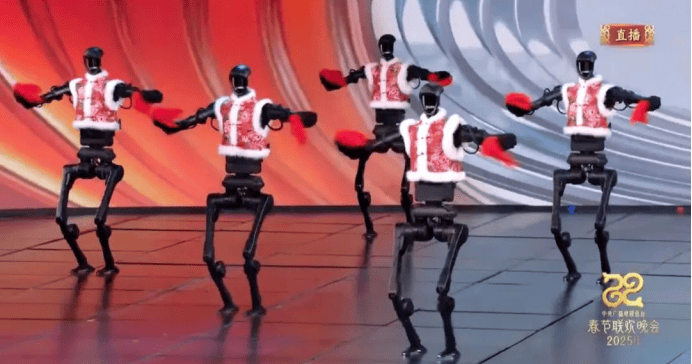
Less than a month after the festivities, a bicycle-riding humanoid robot made its debut. This achievement underscores the rapid evolution of the concept of "embodied intelligence" in recent years.
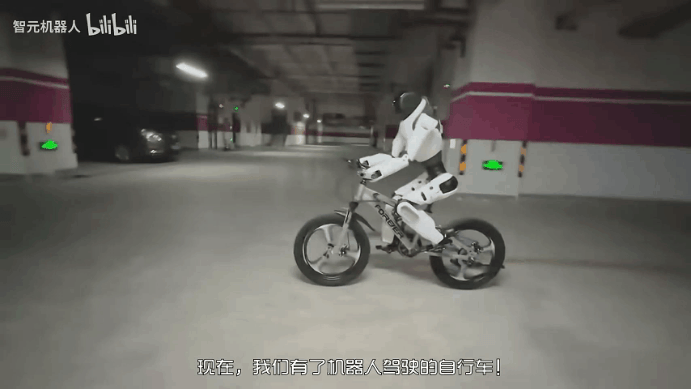
"We've created a robot as agile as a human!" tweeted Peng Zhihui, co-founder and CTO of Zhiyuan Robotics, on March 11. In the video, Lingxi X2 can ride a bicycle, dance to the "Driver's License" challenge, engage in lengthy conversations with humans, and even pick up grapes and "thread a needle."
In the global landscape of humanoid robots, Boston Dynamics and Honda ASIMO once reigned supreme. However, with the advent of AIGC (Generative AI), AI has replaced pre-programming as the industry consensus. Riding this wave, Chinese humanoid robots are quickly emerging.
Embodied Intelligence Large Model: The "Brain" of Robots
The day before the release of Lingxi X2, Zhiyuan Robotics unveiled China's first general-purpose embodied base large model, the Zhiyuan Qiyuan large model Genie Operator-1 (GO-1), serving as the "brain" of X2.
In essence, GO-1 is a large model tailored for embodied intelligence, leveraging a hybrid architecture of VLM (Vision-Language Model) + MoE (Mixture of Experts). The former enhances language understanding and scene perception using vast amounts of internet image and text data; the latter acquires general motion understanding and improves limb movement execution through human operation and cross-ontology data.
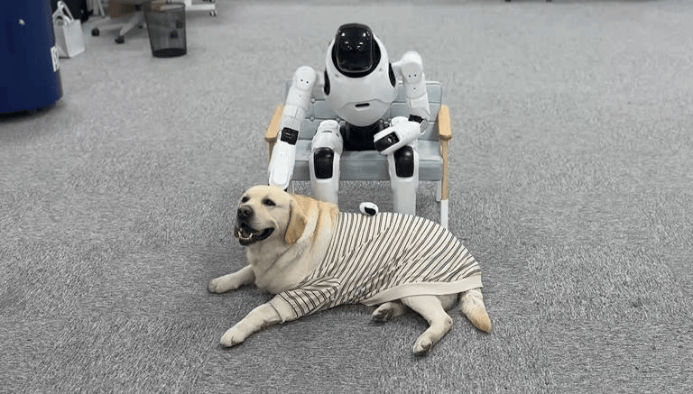
Thus, in the demonstration, Zhiyuan X2 can chat with humans, pet dogs, ride bicycles, dance, or perform delicate manual tasks—all abilities bestowed by the embodied large model. Of course, manufacturing robots is a highly complex engineering task also reliant on advancements in various upstream supply chain aspects, such as motors, actuators, sensors, and power systems.
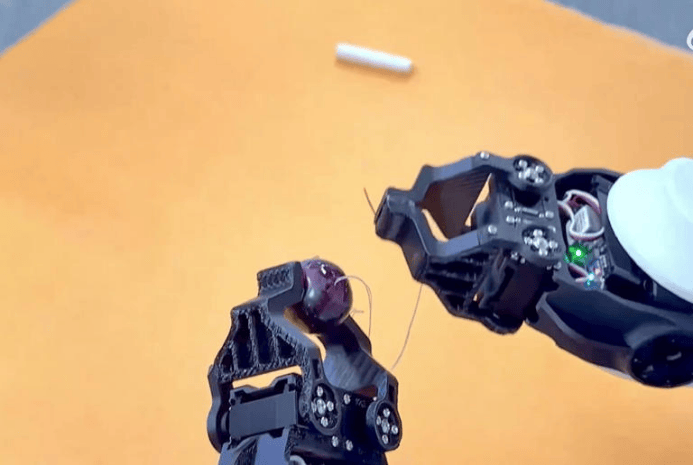
Zhiyuan Robotics is not the originator of the embodied intelligence large model concept but a pioneer in China. This concept emerged from a collaboration between OpenAI and robotics manufacturer Figure, which conducted targeted training on the LLM large model to better suit robots. Tesla's Optimus 2 robot also adopts a similar design philosophy.
Zhiyuan Robotics' use of the embodied intelligence large model as a technological moat is one reason it has garnered significant attention. As the company's CTO, Peng Zhihui plays a pivotal role. In less than two years since Zhiyuan Robotics' inception, its valuation has surpassed 7 billion yuan, favored by capital. This is naturally tied to Peng Zhihui's status as a "Huawei star."
Former Huawei Star Launches Venture, Valued at 7 Billion
Born in 1993 to an ordinary family in Ji'an, Jiangxi, Peng Zhihui has been fascinated with mechanical structures since childhood, enthusiastically disassembling and restoring toys. During high school, he participated in an electronic design competition and won, prompting him to enroll at the University of Electronic Science and Technology of China for his undergraduate and master's degrees.
During his graduate studies, Peng Zhihui participated in numerous national and international electronic design competitions, leading his team to win over 40 awards. During this period, he also developed a bipedal robot and received 5 million yuan in angel investment, becoming a campus sensation.
After graduation, Peng Zhihui joined OPPO Research Institute's AI laboratory as an algorithm engineer. However, it was Huawei's "Genius Program," launched to the public in 2019, that truly made him an internet sensation.
According to information, the program typically involves seven rounds of screening: resume screening, written test, initial interview, manager interview, several minister interviews, president interview, and HR interview, with stringent requirements. Additionally, based on interview performance, salaries are tiered, with the highest tier ranging from 1.82 million to 2.01 million yuan. Peng Zhihui joined Huawei as an AI algorithm engineer at the highest tier. Regarding this, Huawei founder Ren Zhengfei once remarked: "These genius young people are like 'eels,' drilling through our organization and activating our team."
In his second year at Huawei, Peng Zhihui gained fame and fortune from a project. He spent his free time over four months building an autonomously driving bicycle capable of obstacle avoidance. He then uploaded the video under the ID "Zhi Hui Jun" on Bilibili, causing a stir. Chen Rui, chairman of Bilibili, even personally commented under the video: "Too strong, the UP has redefined the bicycle." Currently, "Zhi Hui Jun" has over 2.67 million followers on Bilibili.
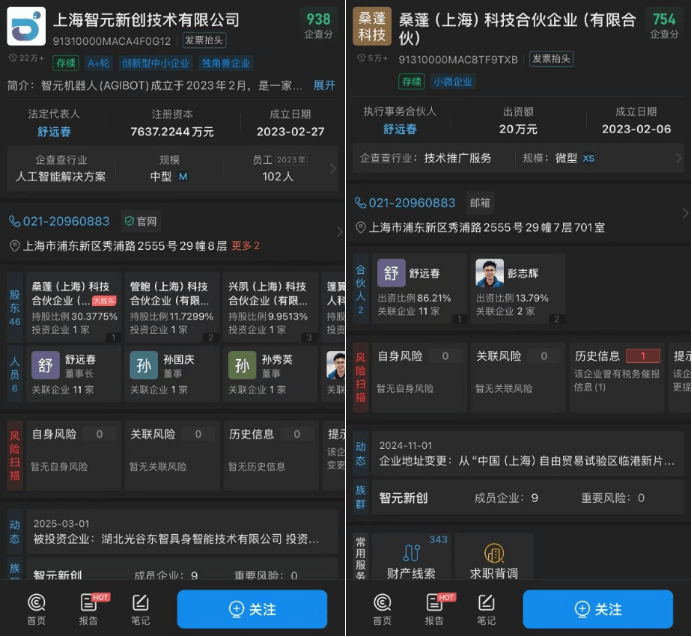
Some birds are destined to soar, for their wings are too bright. At the end of 2022, Peng Zhihui announced his resignation from Huawei to start his own venture; in February 2023, Shanghai Zhiyuan Xinchuang Technology Co., Ltd. was established, with Shu Yuanchun as chairman and Peng Zhihui as director, co-founder, and CTO of the brand Zhiyuan Robotics.
Qichacha reveals that the controlling shareholder of Shanghai Zhiyuan Xinchuang Technology Co., Ltd. is Sangpeng (Shanghai) Technology Partnership Enterprise (Limited Partnership), holding 30.3775% of the shares. Among them, Shu Yuanchun's investment ratio is 86.21%, and Peng Zhihui's is 13.79%. Shu Yuanchun's identity remains mysterious, with no public information available online, but he is undoubtedly one of Peng Zhihui's key investors.
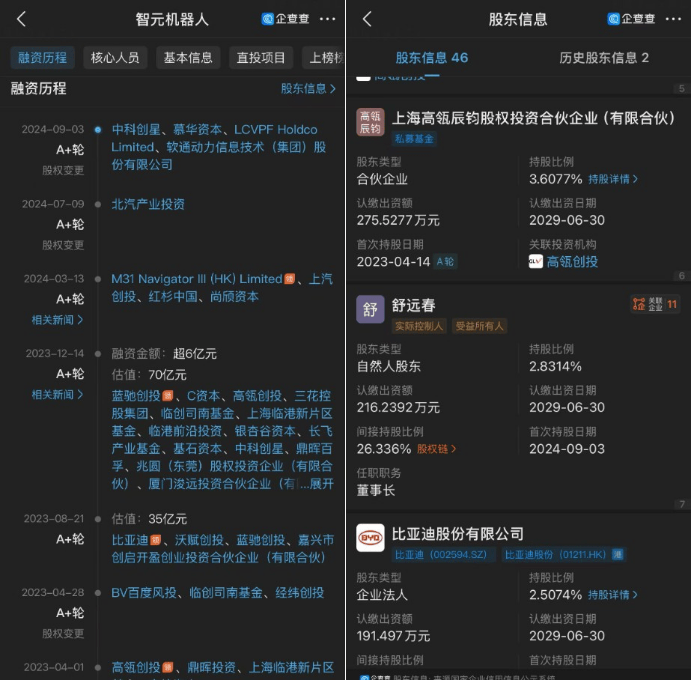
After its establishment, the company quickly gained capital favor, with angel round investors including Hillhouse Capital and Qiji Chuangtan (an investment company of former Baidu CEO Lu Qi). Subsequent A+ round investors included renowned institutions and major companies such as Baidu Ventures, BYD, Sequoia Capital, and SAIC Venture Capital. Hillhouse Capital also increased its investment in this round. Currently, the verifiable funding amount exceeds 4.1 billion yuan, and the company's valuation stands at 7 billion yuan.
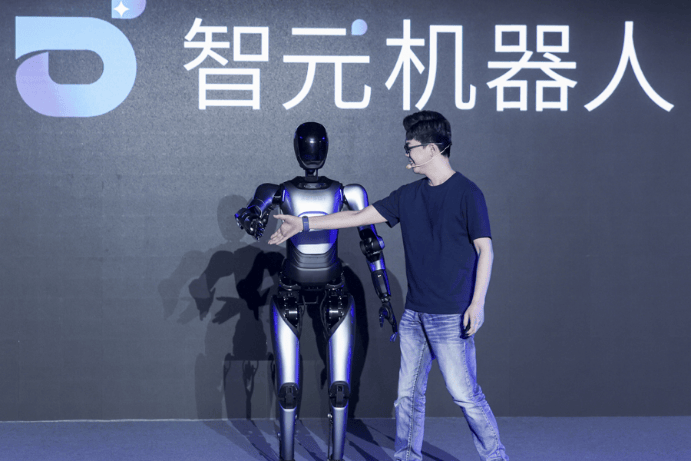
In October 2024, Zhiyuan Robotics officially released its first humanoid robot, Lingxi X1, and open-sourced it to the global market. It is reported that Zhiyuan Robotics has independently developed two joint motors for Lingxi X1, enabling it to exhibit flexible motion performance and precise controllability. As of March this year, the robot has successfully gone into mass production with 1,000 units.
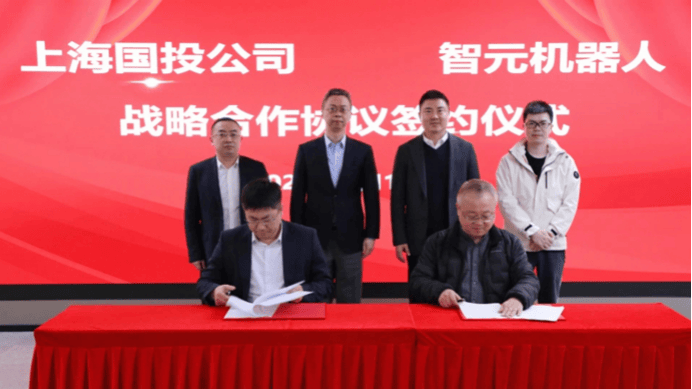
It is noteworthy that in the recently concluded 2025 Two Sessions, "embodied intelligence" and "intelligent robots" were written into the government work report for the first time, signaling the country's strong support for the robotics industry. Local governments have responded swiftly. On March 10, Shanghai State Investment Holding signed a strategic cooperation agreement with Zhiyuan Robotics to promote breakthroughs and large-scale applications of embodied intelligence technology. It is reported that Zhiyuan Robotics plans to build Shanghai's first humanoid robot factory in the Lingang Fengxian Park. The endorsement and support of the Shanghai government are undoubtedly optimistic about Zhiyuan Robotics' subsequent financing and development.
Humanoid Robots Accelerate Commercialization
Morgan Stanley predicts that the global market for humanoid robots will eventually reach an astonishing scale of 60 trillion dollars, and it is not a far-fetched dream that every household will have a robot in the future. However, several prerequisites must be met: the full maturity of robot technology, affordable prices, etc.
Currently, humanoid robot startups mostly target their products at commercial exhibitions, voice services, companionship, and entertainment, with very few being applicable in professional fields like industrial production and elderly care. Put simply, you can buy a robot for companionship but not for work.
Taking Unitree Robotics' G1 as an example, the retail price on the official website starts at 99,000 yuan, with the high-end version costing over 300,000 yuan, and there are already users who have purchased it. According to blogger Xiaoleige, he purchased a high-end version of the G1 for rental, with a daily "appearance fee" of up to 8,000 yuan. "He can't do any housework now, and sometimes he stumbles when walking, but he's already helping me make money," Xiaoleige said. In the video, the Unitree G1 still needs to be controlled via a remote control. Netizens joked, "If there are no elderly people at home, you can buy one to take care of them."
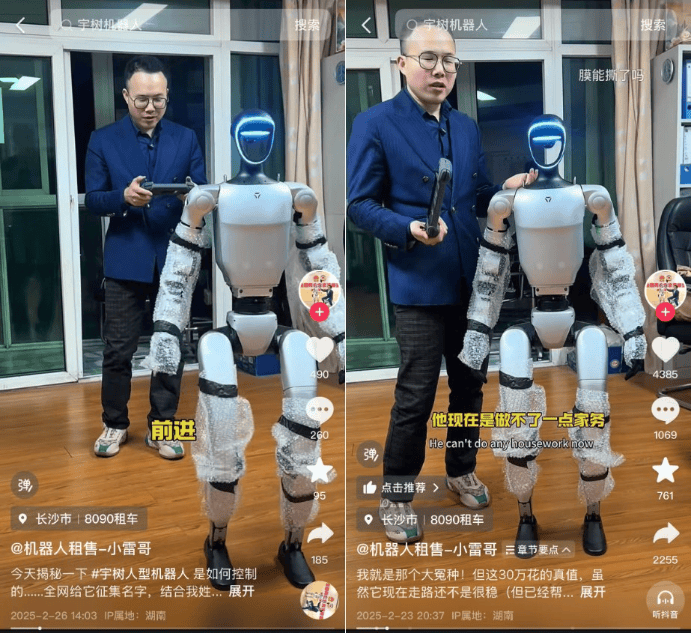
On a positive note, AI model iterations will accelerate the commercialization of humanoid robots. China Securities Co., Ltd. believes that model iterations and training algorithm optimizations are speeding up the commercialization of humanoid robots. Currently, multiple humanoid robot products have already undergone practical training with downstream industrial customers, and it is expected that the future market size of humanoid robots will far exceed that of the automotive and 3C industries.
Simultaneously, Chinese companies are gradually occupying a more crucial position in the upstream of the robotics supply chain. Once the industry scale reaches a certain level, it is anticipated to further enhance performance and reduce costs.
According to Morgan Stanley's report "Top 100 Humanoid Robots: Analyzing the Humanoid Robot Value Chain" released on February 6, 2025, 37 Chinese companies made the list (32 from mainland China and 5 from Taiwan, China). Besides integrators (designers and manufacturers) like Unitree Robotics and UBTech, it also includes upstream companies such as Zhao Wei Electromechanical (motors), Inovance Technology (sensors and control systems), Top Group (actuators), and Green Harmonic Drive (reducers).
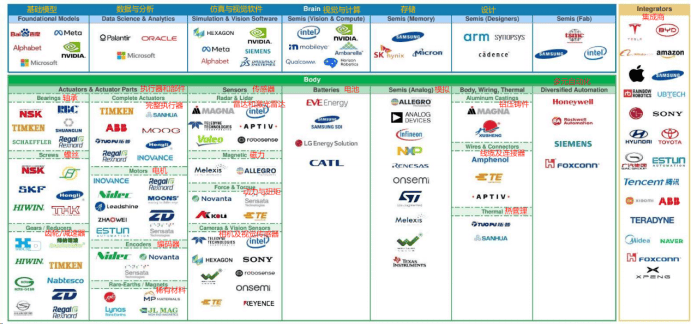
Additionally, important suppliers like Kinco Motion are not on the list. Its research and development of frameless torque motors have been successfully applied to robots such as Tesla's Optimus and Unitree's H1, achieving precise control and efficient joint operation, and improving the overall performance and stability of robots.
According to another Qichacha report, the number of patent applications related to humanoid robots in China has surged in the past five years, with last year's application volume increasing by over 200% year-on-year. Invention patents accounted for 61.61%, fully illustrating the popularity of the humanoid robot race.
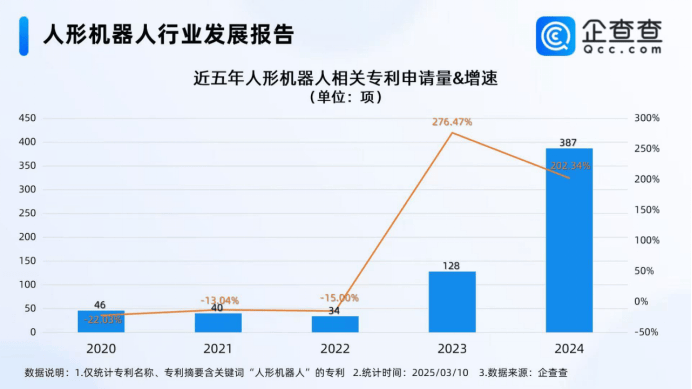
Today's humanoid robot market resembles the new energy vehicle market of years past. Startups will inevitably undergo a process of weeding out the weak during financing, going public, burning money, and ultimately achieving profitability. Taking UBTech, listed on the Hong Kong Stock Exchange, as an example, its prospectus shows that from 2020 to the first half of 2023, despite selling 760,000 robots, it has accumulated losses exceeding 3.1 billion yuan. How to firmly establish a foothold in the increasingly competitive market and achieve profitability as soon as possible is a common challenge for Zhiyuan Robotics, UBTech, and others. It is certain that technological strength, product strength, and market positioning will play crucial roles.

